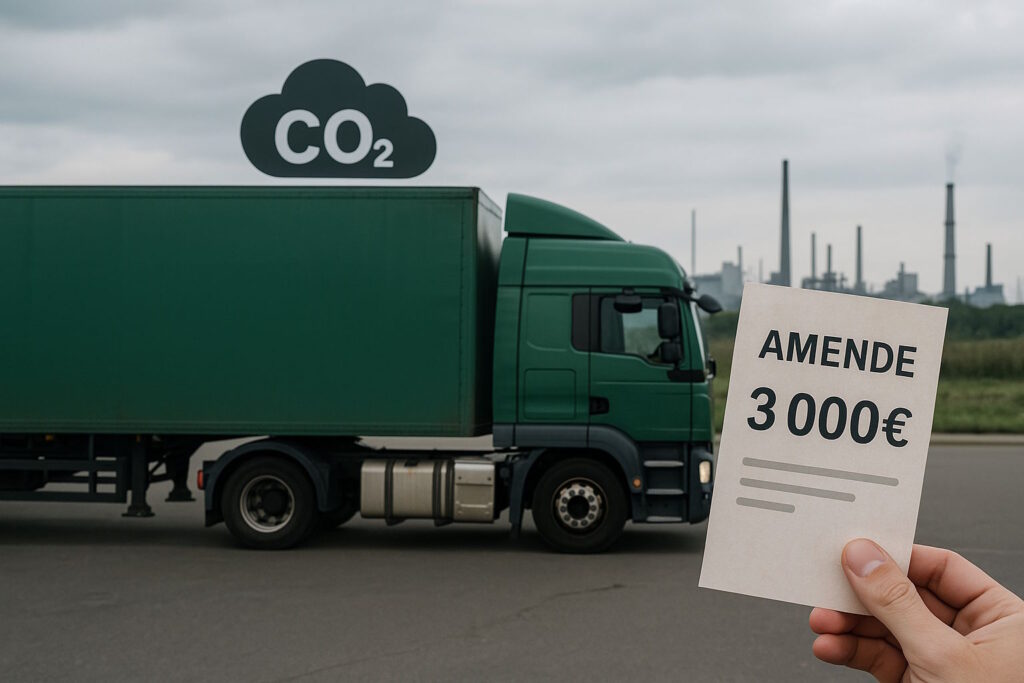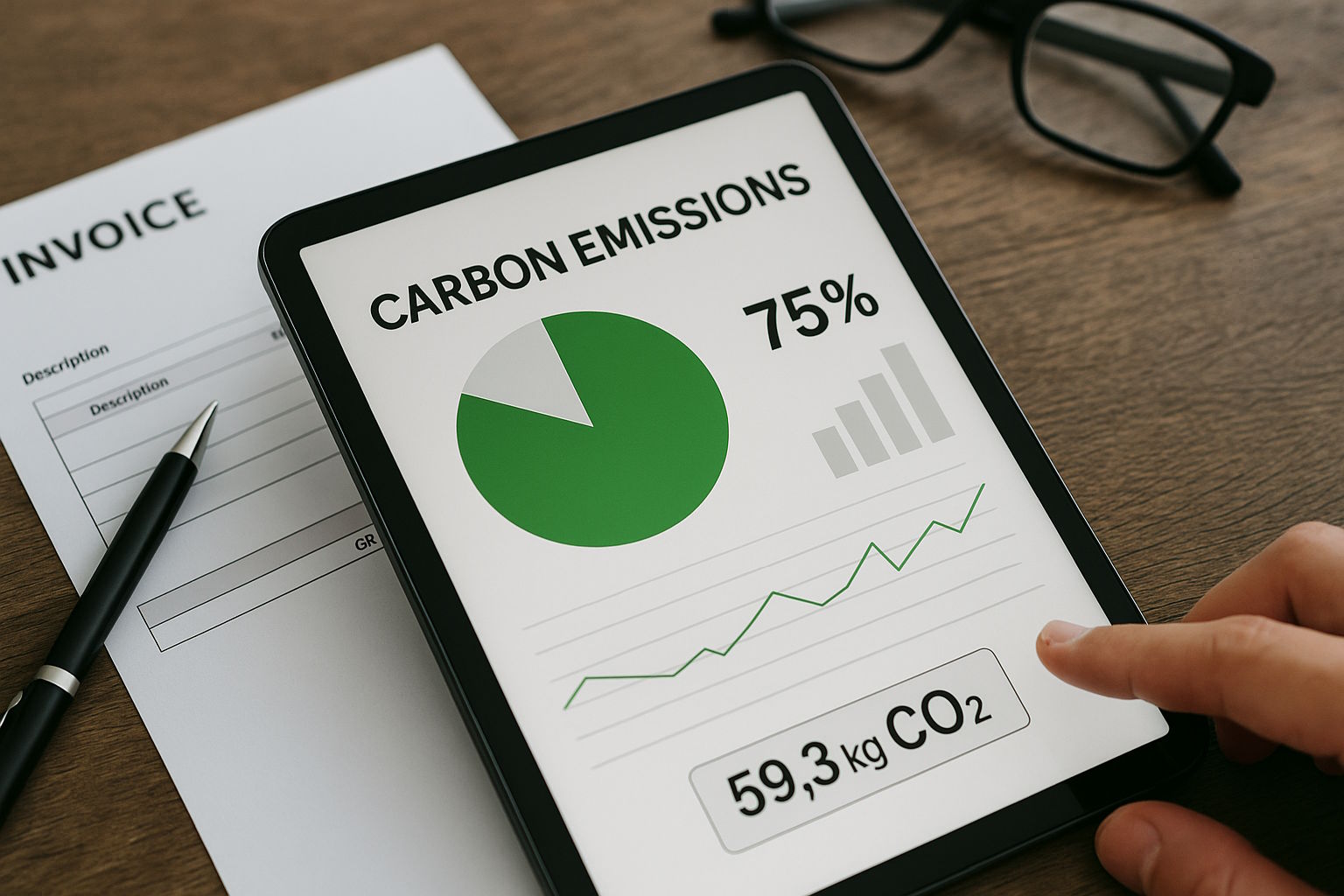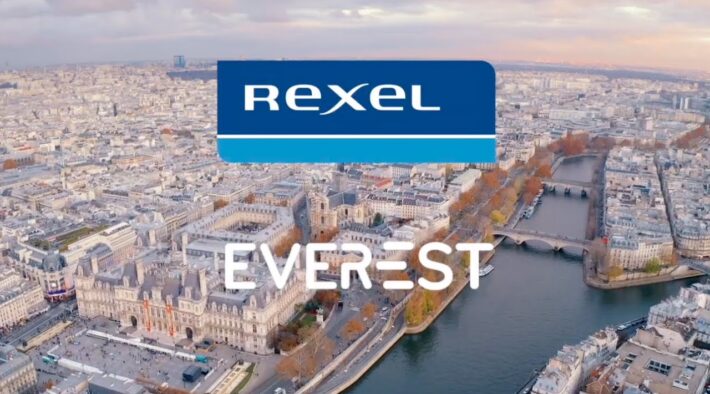TMS and CO2 obligation: how to comply with the new 2025 regulation stress-free

Transport facing a major regulatory turning point
Since January 1, 2025, a new obligation has radically transformed the daily operations of carriers and distributors: communicating the CO2 emissions of their transport services to shippers. This measure, inscribed in article L1431-3 of the transport code, is now accompanied by fines that can reach €3,000 for non-compliance.
Ground reality: only 40% of carriers currently comply with this obligation, which has been in effect since 2013 for CO2 and extended to all greenhouse gases since 2017. What’s new in 2025? The financial penalties that make compliance unavoidable.
This evolution fits into a broader context where road transport represents 31% of French greenhouse gas emissions. The European Union has set ambitious targets: 30% reduction in CO2 emissions from heavy-duty vehicles by 2030, with intermediate steps starting in 2025.
Understanding the CO2 communication obligation
Who is concerned?
Any company that markets or organizes freight transport services must provide information regarding greenhouse gas emissions. This obligation concerns:
- Road carriers
- Transport commissioners
- Distributors managing their own deliveries
- Cycle-logistics operators
- E-commerce companies with delivery services
What should the CO2 information contain?
The information must be precise, sincere and unambiguous. It includes “well-to-wheel” emissions, meaning:
- Direct emissions during transport
- Upstream emissions from energy production (refining, transport, distribution)
The calculation is based on European standard EN 16258:2012 and integrates several parameters: distance traveled, mode of transport, weight transported, vehicle load factor, empty trips.
How to communicate this information?
The carrier remains free to choose the communication method (invoice, email, dedicated platform), provided the information is accessible before order confirmation or at the time of billing.
Concrete challenges for companies
The manual calculation challenge
Manually calculating CO2 emissions for each service is like running an obstacle course. A concrete example: for a delivery of 5 pallets (2.5 tons) over 286 km with a 40-ton articulated vehicle, the calculation becomes:
CO2 Information = 83.0 g CO2 / t.km × 2.5 t × 286 km = 59.3 kg CO2
Multiplied by hundreds of daily deliveries, this calculation becomes unmanageable without automation.
Impact on competitiveness
Beyond regulatory obligation, this CO2 information becomes a selection criterion for shippers. Companies that can demonstrate superior environmental performance gain commercial attractiveness.
Data traceability
Maintaining reliable traceability of CO2 calculations requires rigorous documentation. In case of inspection, companies must be able to justify their calculation method and data sources.
How a TMS simplifies CO2 compliance
Calculation automation
A modern Transport Management System natively integrates CO2 calculation functionalities. Parameters are automatically collected during mission creation:
- Optimized distance between delivery points
- Vehicle type and its consumption
- Weight and volume transported
The system automatically applies regulatory emission factors and generates CO2 information for each service.
Integration into existing processes
The TMS integrates CO2 information directly into billing and tracking documents. No more need for separate calculations or manual manipulations: the information naturally follows the transport service flow.
Traceability and compliance
Each calculation is documented and archived automatically. In case of inspection, the company immediately has the complete history of data and the calculation method used.
The Everest example: integrated CO2 compliance
Intelligent automatic calculation
Everest integrates a CO2 calculation engine that relies on real operational data from each mission. The system takes into account:
- Route optimization to minimize distances
- Specific characteristics of each vehicle
- Empty trips through real-time tracking
- Available decarbonized transport modes
Reporting and management
Beyond simple compliance, Everest transforms the CO2 obligation into a management tool. The dashboard displays in real time:
- Emissions per mission, per customer, per period
- Savings achieved through optimization
- Comparisons with alternative solutions
- Environmental performance indicators
Enhanced customer experience
CO2 information becomes an element of commercial differentiation. Everest customers can:
- Communicate their CSR commitment with precise data
- Offer decarbonized delivery alternatives
- Promote their environmental efforts to their own customers
Business benefits of CO2 compliance
Transforming a constraint into an advantage
The CO2 obligation can become a powerful commercial lever. Companies that anticipate this approach gain a head start over their less well-equipped competitors.
Operational optimization
Systematic calculation of emissions naturally drives route optimization and reduction of empty trips. This optimization generates direct fuel savings and improves profitability.
Preparation for future regulations
Environmental requirements will strengthen. Companies that master their carbon footprint today are better prepared for future regulatory changes.
Practical implementation: key steps
Existing audit
The first step is to evaluate current processes for calculating and communicating emissions. Many companies discover significant gaps in their traceability.
Technical solution choice
The TMS must offer a native CO2 module, not a simple add-on. Integration with dispatch, optimization, and billing processes determines the solution’s effectiveness.
Team training
Operational teams must understand the stakes of CO2 regulations and master the new tools. This training prevents handling errors and guarantees data reliability.
Customer communication
Prepare communication to customers about this new information. This is an opportunity to promote environmental efforts and propose decarbonized alternatives.
The future of decarbonized logistics
Towards reinforced requirements
European regulation provides for even more ambitious reduction targets: 45% by 2030, 65% by 2035, and 90% by 2040. Companies that master their impact measurement today will be able to adapt more easily to these changes.
Emergence of new services
The CO2 transparency obligation favors the emergence of new logistics services: decarbonized deliveries, multi-modal optimization, flow mutualization. Modern TMS facilitate the deployment of these innovations.
Data serving the environment
Transport data becomes a strategic asset for steering decarbonization. Companies that collect and analyze this data precisely can identify unexpected optimization opportunities.
Take action now
The CO2 communication obligation is no longer a future constraint: it has been applicable since January 1, 2025, with financial penalties at stake. Companies that delay compliance take significant regulatory and commercial risks.
A modern TMS like Everest transforms this constraint into a business opportunity. Beyond simple compliance, it allows optimizing operations, reducing costs, and creating new value-added services.
The question is no longer whether you should equip yourself, but how much longer you can afford to wait.
The future belongs to companies that make environmental performance a competitive advantage. Everest accompanies you in this transformation, combining regulatory compliance and operational excellence. Request a demo.



